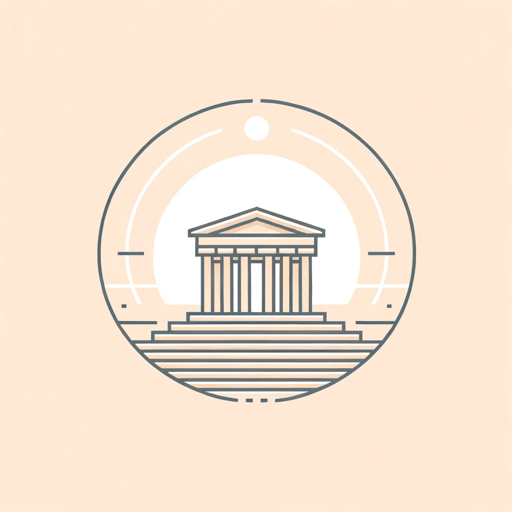43 pages • 1 hour read
Mircea Eliade, Transl. Willard R. TraskThe Myth of the Eternal Return
Nonfiction | Book | Adult | Published in 1949A modern alternative to SparkNotes and CliffsNotes, SuperSummary offers high-quality Study Guides with detailed chapter summaries and analysis of major themes, characters, and more.
Index of Terms
Archaic Ontology
Strictly speaking, there are myriad archaic ontologies—but while particularities of those ontologies vary by historical and geographical milieu, Eliade nevertheless observes numerous expressions of the primeval imagination to discern revealing underlying patterns. He writes that archaic ontologies are “the conceptions of being and reality that can be read from the behavior of the man of the premodern societies” (3). He does not mean this ontology, delineated in The Myth, to capture the basic views of any singular group of archaic people but rather to outline the fundamental beliefs of all archaic peoples in general. One of the fundamental aspects of archaic ontology is the myth of the eternal return, in which the world, after an initial creative act in the mythic past, goes through an endlessly perpetuating series of cycles. Archaic humanity found its place in the cosmos through the recreative act that repeats this initial moment of creation ad infinitum. Archaic ontology is fundamentally concerned with the presence of divinity in the world and the repeated manifestation of that presence.
Related Titles
By these authors


